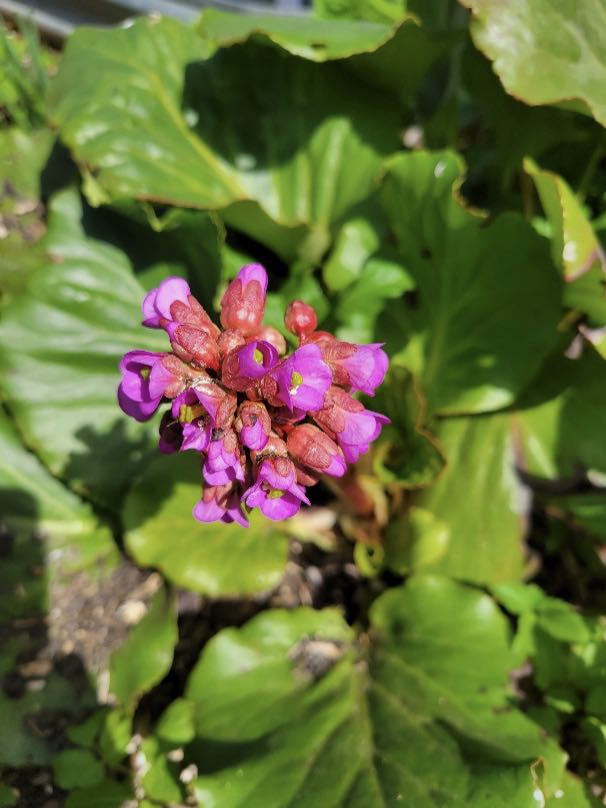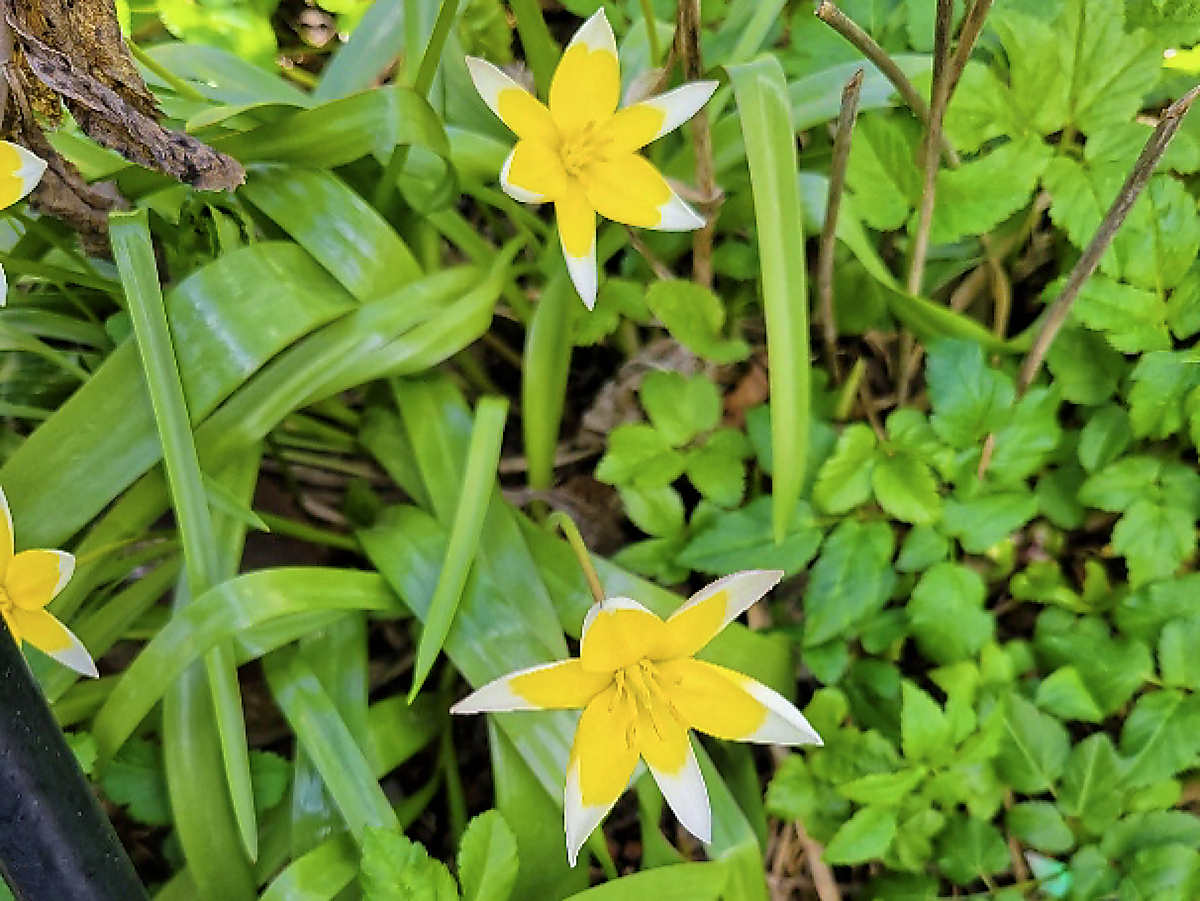My Spring Garden
My spring garden is bursting with new life. Isn’t this the most glorious time of the year? I am overwhelmed by how green and growing everything is and how vibrant the colours are. Bulbs start to grow, which always makes me happy, and I marvel at how they each have their own way of glowing. I am also so surprised at the choices that I made last autumn, and each surprise is a welcome one.
Daffodils and Tulips
Now is the time to explore the gardens around you and to take note of things that you would like to try. I have many daffodils at the moment, big yellow King Alfred daffodils and tiny narcissuses as well. I think I have daffodils well in hand and I know that they will double in area each year. The tulips are still nice, but they are at their best the first year they are planted. If you want a stellar display of tulips you will need to dig them out after the leaves have yellowed, store them in a cool dark place, and replant in the fall. That is a bit too much for me. I fertilize them after they have finished, but that is about it.
Bloodroot and Bergenia
Let’s see if there is anything else out there that might work in your spring garden. I have already mentioned bloodroot, which is so lovely in my garden but what about Bergenia (Bergenia cordifolia)? This is an easy plant to grow in sun or partial shade and is quite beautiful. It is good as a filler or background plant with its large, interesting leaves. This is not a native but it is slow moving, so I do not find it in any way invasive.

Marsh Marigold
Another interesting flower that appears at this time of year is the marsh marigold (Caltha palustris). I have had mine growing in a pot for many years and it is partially buried in my bog garden. I have two marsh marigolds, a single and a double, and they give me a great burst of colour in the early spring.

Tulipa Tarda
When you order your bulbs in the spring, why not try some species of tulips? These lovely sweeties are not fussy at all. I have beautiful flowers that return every spring. They are quite hardy and prefer their soil to be a bit rocky. Species of tulips are smaller and lower growing but well worth looking into. In my opinion, the tulipa tarda that I grow is the best of the species of tulips and continues to bring joy every spring. When my kids were little, they used to call it the “fried egg flower.”

Cheery Cherry Blossoms
I am doing the happy dance right now because my Nanking Cherry (prunus tomentosa) is finally blooming. The blossoms are usually filled with bees as soon as they emerge. It is late blooming this year because of the cold spring, but that means I might have a better chance of collecting cherries this year. The cherries are sour but oh the jelly is delicious! I usually pick less than half and let the birds enjoy the rest, that is if it decides to set fruit.

I hope you get a chance to explore different options for your springtime garden and that you take some time to sit and enjoy the sights, sounds and smells of spring. Judith
(Email: sghorticultural@gmail.com) Veggie Bites are available at https://sghorticultural.wixsite.com/website or https://gardeningcalendar.ca/articles/veggie-bites/







Leave a Reply
You must be logged in to post a comment.